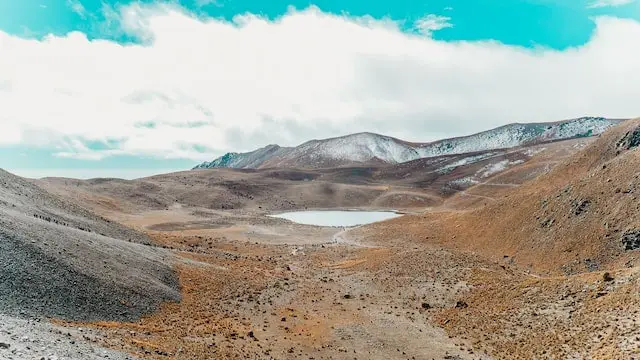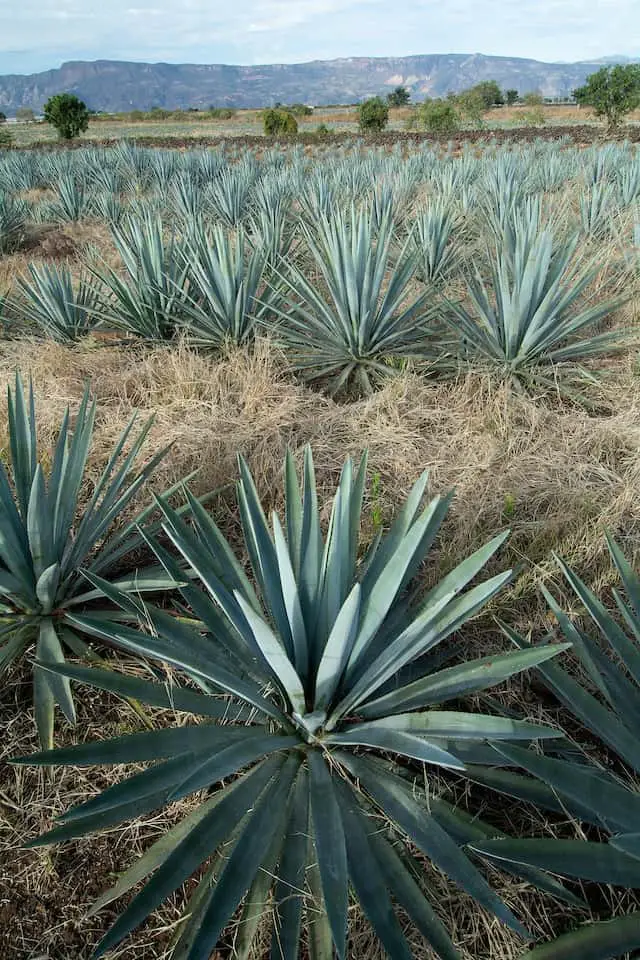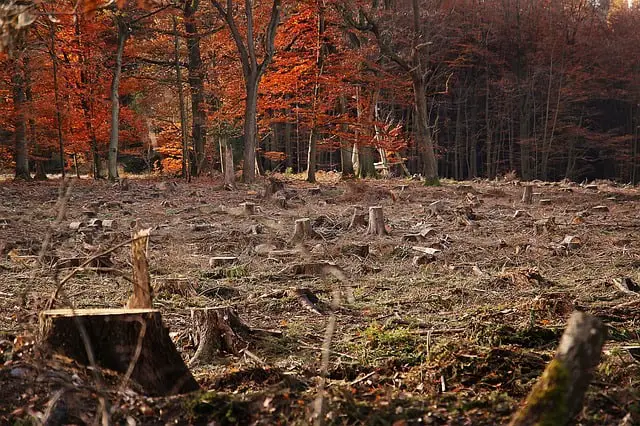Mexico is currently facing one of the most challenging crises in recent history, I am not referring to drug cartels or the fentanyl epidemic that you may read elsewhere, I am referring to the ongoing drought that continues to devastate the nation. This severe drought has affected various regions, leaving them parched, withering crops, and threatening livelihoods. While the entire country is grappling with water scarcity, there are certain areas that bear the brunt of this calamity and unfortunately, they are inextricably linked with industry centres vital for the long-term economic wellbeing of the nation which complicates any solution to the problem. Additionally, the drought’s severity is being exacerbated day by day which makes this issue a ticking time bomb for both environmental and socio-economic sustainability. Having spent a decent amount of time in Latin America and having long-term economic interests in the continent I actively follow this issue and thought it would be beneficial to shed some light on the problem.

The drought in Mexico is an environmental crisis affecting over 85% of the country’s land with more than 60% of the population being impacted. With over 40% of Mexico’s GDP being generated in these areas, there is no simple solution that balances the country’s environmental and economic concerns.
The Five Most Affected Areas
As an overall measure, Mexico is in drought, however, some areas are in much worse shape than others, as an example, the southern areas bordering Guatemala have an abundance of rainfall whereas the northern areas bordering the USA are extremely arid. To highlight the primary areas of concern, the current situation in the five worst-affected regions is explained below.
1. Chihuahua:
Chihuahua, one of Mexico’s largest states, is among the hardest-hit regions by the drought. The state’s agriculture, a crucial component of the local economy, has been severely impacted, leading to widespread crop failures and livestock losses. The lack of water resources has also affected the region’s hydroelectric power generation, exacerbating the state’s energy crisis.
2. Sonora:
Sonora, located in the northwest of Mexico, is another severely drought-stricken region. The agricultural sector here, mainly focused on cultivating wheat and vegetables, is facing enormous losses. Farmers are struggling to irrigate their lands, leading to diminishing yields and economic distress. Additionally, the dwindling water levels in reservoirs and rivers have raised concerns about the availability of safe drinking water for the population.
3. Durango:
Durango is grappling with a severe water crisis due to prolonged drought conditions. The situation has led to widespread forest fires, exacerbating environmental degradation and air pollution. Moreover, the limited water supply is straining the mining industry and other water-intensive sectors, putting further stress on the state’s already fragile economy.
4. Zacatecas:
Zacatecas, an agricultural and mining state, is also severely affected by the drought. Crop failures have resulted in food shortages and increased food prices, affecting vulnerable communities disproportionately. The lack of water has hampered mining activities, further hindering economic growth in the region.
5. Jalisco:
Jalisco, known for its agricultural diversity and Tequila production, is reeling under the effects of the drought. The scarcity of water has significantly impacted the cultivation of fruits, vegetables, and agave, used in the production of tequila, an essential export for Mexico. As a result, the economy of Jalisco is facing a substantial setback.

The Three Primary Causes
1. Climate Change:
One of the primary reasons behind the severity of the drought in Mexico is climate change. Rising temperatures and changing precipitation patterns have disrupted the natural water cycle, leading to erratic rainfall and prolonged dry spells. The increase in extreme weather events, such as hurricanes and tropical storms, also diverts precipitation away from vulnerable regions, exacerbating water scarcity.
2. Over-Extraction of Groundwater:
Over the years, Mexico has witnessed a rapid increase in the extraction of groundwater for agricultural, industrial, and domestic purposes. The unregulated and excessive pumping of groundwater has led to depleted aquifers and lowered water tables. Consequently, several regions heavily reliant on groundwater are facing acute water shortages during the drought.
3. Deforestation and Land Degradation:
Deforestation and land degradation have contributed significantly to the drought’s impact in Mexico. The removal of forests reduces the land’s ability to retain moisture and affects local rainfall patterns. Additionally, erosion and degradation of land lead to reduced soil fertility and agricultural productivity, further compounding the effects of the drought on the agriculture-dependent regions.

The Situation Going Forward
As of now, the drought situation in Mexico remains dire, with no immediate signs of improvement. While some regions have experienced sporadic rainfall, it has not been enough to reverse the severe water crisis. The government of Mexico, in collaboration with local and international organizations, is undertaking various measures to mitigate the effects of the drought and build resilience.
Efforts are underway to promote sustainable water management practices and invest in water conservation and harvesting techniques including large-scale desalination and water treatment. The government is also working on enhancing water infrastructure to ensure better distribution and access to water resources. Additionally, public awareness campaigns are being conducted to educate citizens about water conservation and efficient usage.
References:
- Zamora, H., Pedrozo-Acuña, A., & Méndez-Contreras, J. (2022). Assessment of drought impacts on agriculture in the Chihuahua region, Mexico. Journal of Arid Environments, 191, 104375.
- Aguilar-González, B., López-Martínez, J. O., & Duarte-Morales, S. (2021). Impacts of the drought on water resources and agriculture in Sonora, Mexico. International Journal of Environmental Research and Public Health, 18(9), 4765.
- López-Carrasco, R., et al. (2020). Analysis of the drought effects on the economy and environment of Zacatecas, Mexico. Environmental Development, 35, 100515.
- Heijmans, A., & Camacho-Ibar, V. F. (2020). Land use change, deforestation, and drought in Jalisco, Mexico. Land Use Policy, 91, 104375.
- UNDP Mexico. (2023). Drought Resilience and Sustainable Water Management in Mexico: Action Plan. Retrieved from https://www.mx.undp.org/content/mexico/en/home/library/environment_energy/sustainable-water-management-and-drought-resilience-action-pla.html


